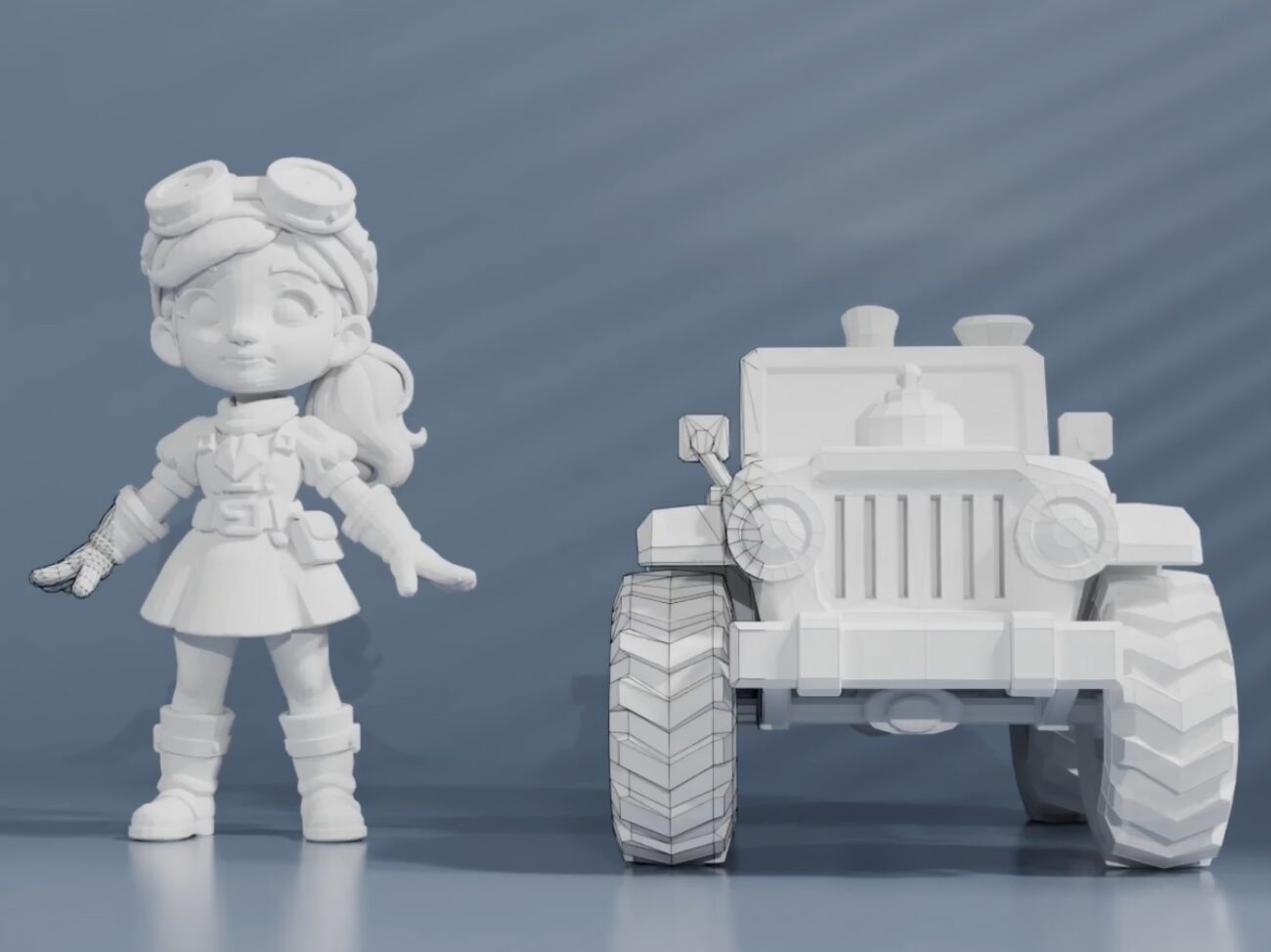Tencent’s Hunyuan3D-PolyGen: A Game-Changer for 3D Asset Creation
Let’s face it—the way game developers create 3D assets has needed a shake-up for a while now. Enter Tencent’s Hunyuan3D-PolyGen, a new model that’s aiming to redefine the whole process. With this innovative tool, developing high-quality 3D assets could become significantly easier and more efficient. If you’re a developer or a gamer, you’ll want to pay attention because this could change the game—literally!
Leveling Up 3D Asset Creation
Creating 3D assets has always felt like climbing a mountain. Artists often spend countless hours perfecting wireframes and wrestling with complex geometry, which can feel like an uphill battle. But Tencent’s got something up their sleeve. The secret sauce? BPT technology, which allows massive amounts of 3D data to be compressed without losing that all-important detail.
Imagine cranking out 3D models loaded with tens of thousands of polygons, all ready to ship in a commercial game. That’s not just a dream; it’s becoming a reality! Many developers have even noted a whopping 70% increase in efficiency when using this tool. Now that’s what I call leveling up!
Teaching AI to Think Like an Artist
One of the coolest aspects of Hunyuan3D-PolyGen is how it learns to recognize quality. It’s like having a very patient mentor guiding a junior artist. This AI uses reinforcement learning to figure out what works and what doesn’t, producing 3D assets that meet those high artistic standards. For game studios stretched thin on resources, this almost feels like a lifeline.
Before, we often saw the gap between “impressive demo” and “AAA game-ready” assets. But Tencent’s approach is different. They really get what game development involves and focus on resolving those pesky workflow problems that have bugged developers for decades.
How It Works: The Three-Step Dance
So, how does this miracle-tech actually work? Think of it as a three-step dance:
- Input: The system takes existing 3D meshes and converts them into a language the AI can understand.
- Generate: Using point cloud data, the AI crafts new mesh instructions—almost like it’s learning to speak in 3D.
- Output: Finally, it translates those instructions back into actual 3D meshes, with all the vertices and faces perfectly intact.
This three-step process keeps everything geometrically sound while giving results that would make even seasoned technical artists nod their heads in approval.
The Broader Implications
Now, let’s talk bigger picture. The success of Hunyuan3D-PolyGen could hint at a future where smaller game studios can keep up with the big players who’ve had the upper hand in resources and technology. Imagine a world where indie developers can create high-quality assets as efficiently as the giants—sounds exciting, right?
As we see AI technology continuing to evolve, it could fundamentally reshape how game studios operate. The implication here is massive. This could democratize asset creation and level the playing field for smaller studios.
So, what’s your take? Are you excited about the potential of AI in game development, or do you think we should tread carefully? Honestly, I can’t wait to see how this will unfold!
For more on AI and its exciting developments, check out this resource. Want more insights like this? Let’s keep the conversation going!
